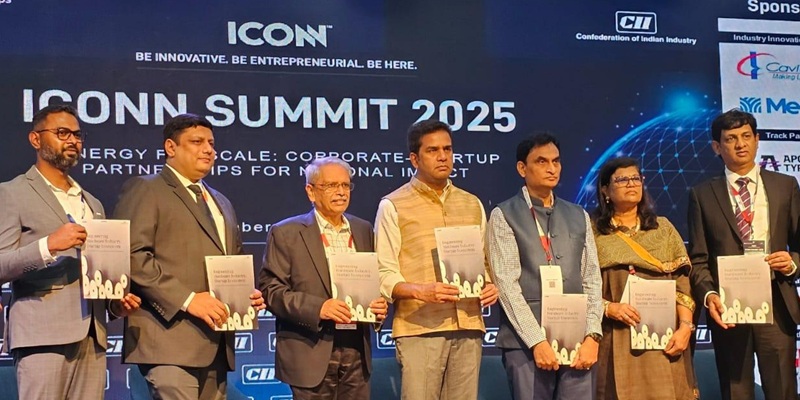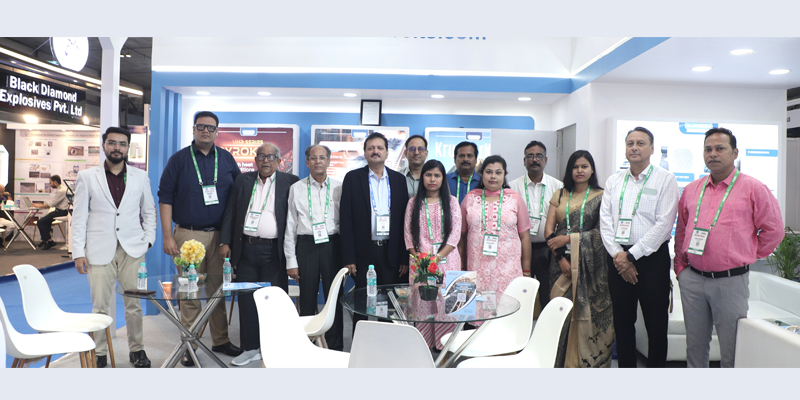Schedule a Call Back
Understanding the power of the PM Gati Shakti Scheme
 Articles
Articles- May 02,23

- Applications received: 191,726
- Applications Approved: 86,668
- Applications Deemed approved: 19,048
- Applications Rejected: 40,123, and so on...
Related Stories

CII, KPMG and Synopsys Unveil India’s First Engineering Hardware Startup Report
The report provides a comprehensive overview of India’s evolving hardware innovation landscape and its challenges, along with actionable recommendations for stakeholders across the ecosystem.
Read more
Mehru Secures Rs 260 Mn Order for High-Voltage Oil-Cooled Current Transformers
MEHRU has secured a major order valued at approximately Rs 260 million, the largest single order for the supply of 400kV and 220kV oil-cooled current transformers.
Read more
Elastocon: Engineering Uninterrupted Conveying
Kamlesh Jain, Managing Director of Elastocon, presents the five year vision of the company.
Read more












